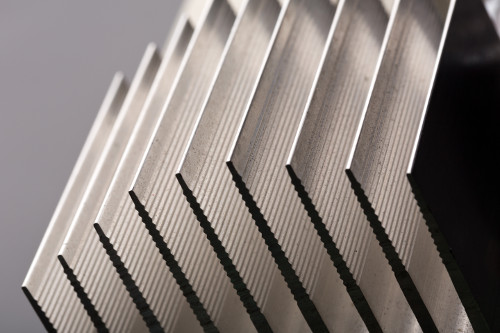
Tel:+86 75781851186
Email: info@alutechwork.com
Aluminum and Technology




活动板房新闻列表

When you’re designing a heat sink, there are compromises you need to make.
You need to find the right balance between factors that affect performance. Keep in mind that performance can be affected by things like:
- The material used
- Protrusion design
- Air velocity, and
- Surface treatment.
When it comes to material choice, aluminum is the most common. It’s also worth noting that the most common manufacturing process for heat sinks is extrusion.
Why Use Aluminum ?
Aluminum is versatile, lightweight, and low-cost. And it’s thermal conductivity is still good. This ends up making it suitable for most applications.
There are different types of aluminum heat sinks. But, extrusion is the most popular manufacturing process.

Aluminum Heat Sink Fins
Which Aluminum Alloy Should You Use for Your Heat Sinks?
If your first thought is to find the alloy with the highest thermal conductivity, think again.
For example, 1050 aluminum offers a thermal conductivity value of 229 W/m•K. However, this alloy is mechanically too soft for heat sinks.
You should generally look at the 6000 series alloys for heat sinks. These alloys are widely available, are fairly strong, and tend to extrude well.
Alloys like 6061 and 6063 are some of the most common in the 6000 series. They are common for extrusion in general. And either one will actually work quite well for heat sinks.
Making the Right Choices for Your Project
Whichever alloy you choose, remember that there is more to heat dispersal than alloy choice.
The difference in thermal conductivity between 6000 series alloys is relatively minimal. So, maximizing the surface area of the heat sink and optimizing airflow over it are key to enhancing performance.
In your design, be sure the heat sink conforms as tightly as possible to the hot component and leaves the smallest possible gap. This will help ensure the success of your project.
Custom Extruded Heat Sink Fabrication
AlutechWork is a manufacturer and machining factory with rich experience in heat sink , if you already have a design for your heat sink extrusions, we can manufacture them for you.
